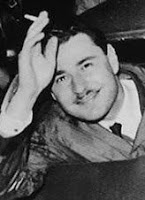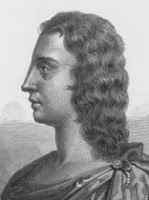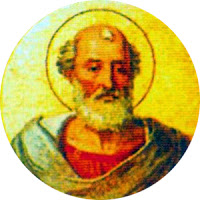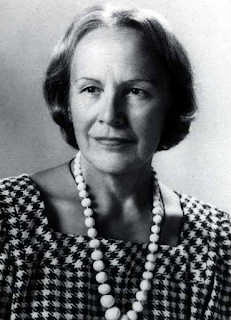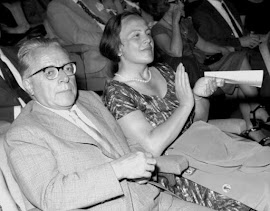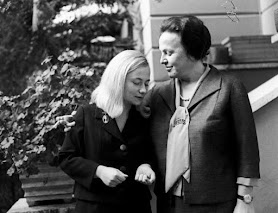Classic event older than Giro d’Italia
 |
| Action from one of the earliest Milan-Sanremo races as riders head along the Ligurian coast road |
Covering a distance of 286km (177 miles), the race followed a course said to have begun at the Conca Fallata Inn, next to a navigation basin on the Naviglio Pavese canal in Milan and ended on Corso Cavallotti on the outskirts of Sanremo, a seaside town on the coast of Liguria famed for its temperate Mediterranean climate.
Cycling was growing in popularity across Europe at the time, particularly in Belgium and France. Both of those countries had established single-day long distance races in the late 19th century and it is probable that these were the inspiration when Tullo Morgagni, a Milan journalist, put forward the idea for Milan-Sanremo.
Morgagni had launched what would become the Giro di Lombardia the previous year and proposed his new project to Eugenio Costamagna, director of the Milan sports newspaper Gazzetta dello Sport.
 |
| Lucien Petit-Breton of France was the first Milan-Sanremo champion |
Costamagna agreed to give the paper’s support and the chosen course was based on an amateur event contested the previous year. The difference was that the amateur race took place over two days, breaking at Acqui Terme, a spa town southwest of Alessandria. Morgagni was not even sure the riders would be capable of covering the distance in a single day, given the mountainous nature of some of the terrain.
It was not helped that the weather was unseasonably cold, which put off almost half of the original entry of 60 riders, but of the 33 that set off, 14 did complete the course, the winner being the Frenchman Lucien Petit-Breton, winner of the Paris-Tours one-day race the previous year, who finished the race in around 10 hours and 45 minutes at an average speed of 26.2km (16.5 miles) per hour.
Despite the reduction in the field, the race was a commercial success for Gazzetta dello Sport and attracted enough top-class contestants for the newspaper to continue its backing the following year. Two years later, Morgagni persuaded Costamagna that the Gazzetta should commit resources into launching a national tour along the lines of the Tour de France, and so was born the Giro d’Italia.
Today, Milan-Sanremo is one of the so-called Monuments of competitive cycling, the five races considered to be the oldest, hardest and most prestigious one-day events in men's road racing. The Giro di Lombardia, staged in the autumn, is another, along with the Tour of Flanders and Liège–Bastogne–Liège in Belgium, and France’s Paris-Roubaix.
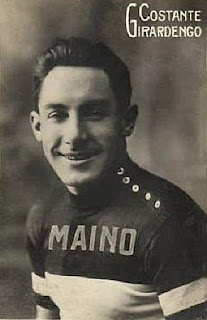 |
| Costante Girardengo remains the most successful Italian entrant |
The route through Lombardy, Piedmont and Liguria takes in the cities of Pavia, Voghera, Tortona, Novi Ligure and Ovada, climbs through the Passo del Turchino to an altitude of 591m (1,939 ft) before descending to the Ligurian Sea in Voltri.
From there, the course follows the spectacular scenery of the Aurelia highway along the Ligurian coast, taking in such towns as Arenzano, Varazze, Savona, Finale Ligure, Pietra Ligure, Loano, Borghetto Santo Spirito, Ceriale and Albenga and the seaside resorts of Alassio, Andora, Diano Marina and Imperia.
The coast road incorporates a number of climbs, concluding with the Poggio di Sanremo, now a suburb of Sanremo, before a fast and winding descent towards Sanremo.
A host of important names in cycling are listed among the past champions, including the great Belgian and five-times Tour de France winner Eddy Merckx, whose seven victories between 1966 and 1976 is unequalled, the Frenchman Laurent Fignon and Ireland’s Sean Kelly.
Now generally held on the third Saturday in March, the Milan-Sanremo has been won 51 times by Italian riders, among whom Costante Girardengo claimed six victories between 1918 and 1928, Gino Bartali (1939-50) four and Fausto Coppi (1946-49) three. The most recent Italian champion is Vincenzo Nibali, successful in 2018.
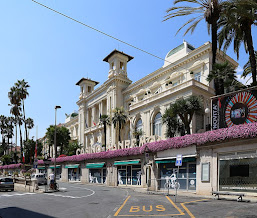 |
| The Casino di Sanremo is a striking example of the resort's Stile Liberty architecture |
The resort of Sanremo in Liguria expanded rapidly in the mid-18th century, when the phenomenon of tourism began to take hold, albeit primarily among the wealthy. Several grand hotels were established and the Emperor Nicholas II of Russia was among the European royals who took holidays there. The Swedish chemist Alfred Nobel was so taken with the elegance of the town after his holiday visits that he made it his permanent home. Known as the City of Flowers, it is characterised by its Stile Liberty architecture (the Italian variant of Art Nouveau), of which the Casinò di Sanremo in Corso degli Inglesi is a beautiful example.
 |
| The Naviglio Pavese is lined with bars and restaurants |
The Naviglio Pavese canal in Milan, which was the original departure point for the Milan-Sanremo race, is one of a small number of canals in the city, yet between the 12th and 17th centuries it had a network of canals a little like those of Amsterdam in The Netherlands. They were constructed to make up for Milan lacking a major river, then essential to commerce. The network linked the city to the Ticino and Adda rivers, as well as easing movement of goods around the city. When trains, then lorries and vans replaced barges as the quickest methods of transport, however, the canals fell into disuse and most were eventually filled in. The remnants that remain are just to the southwest of the city centre. Nowadays, the Naviglio Grande, the Naviglio Pavese and the Darsena basin - once the hub of the city’s inland port - have become a popular area for the restaurants and bars that have sprung up alongside the water.
Also on this day:
1742: The birth of Pope Pius VII
1984: The birth of football Giorgio Chiellini
1988: The death of car maker Enzo Ferrari
(Picture credits: Sanremo casino by Sailko; Naviglio Pavese by PFAnythingGoes; via Wikimedia Commons)


